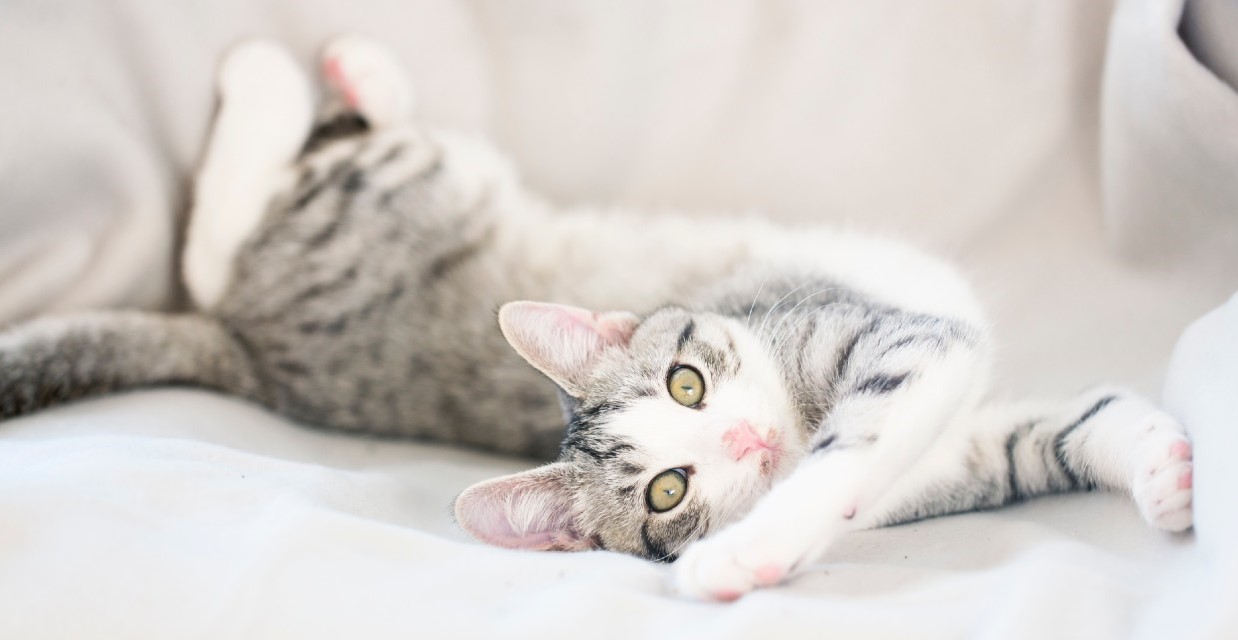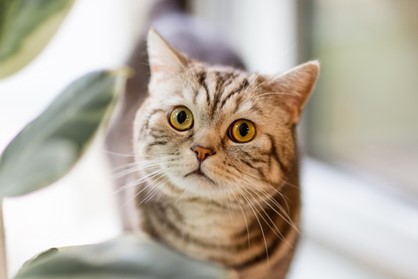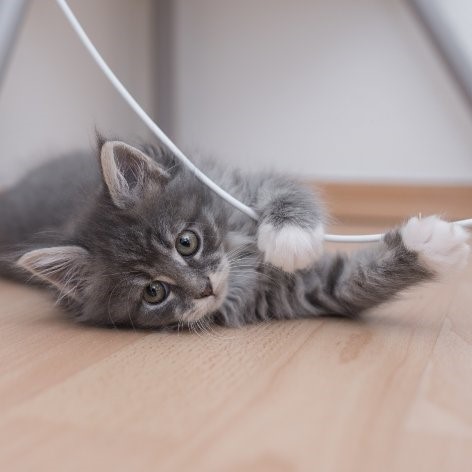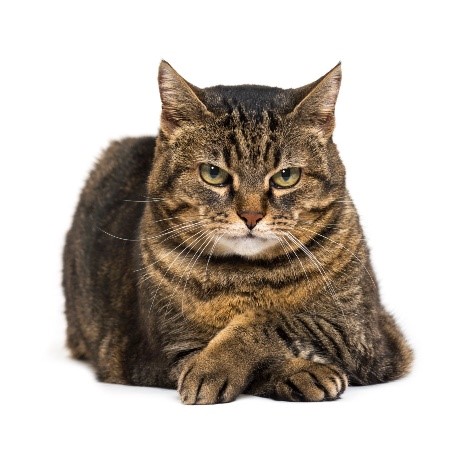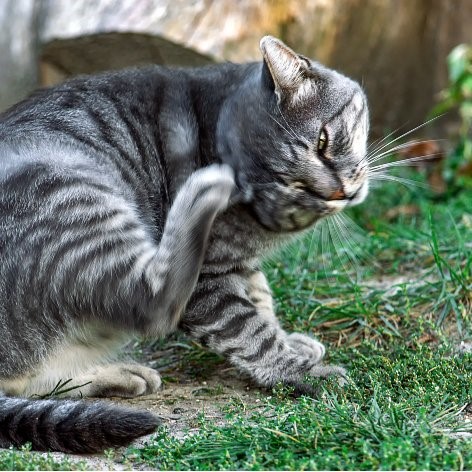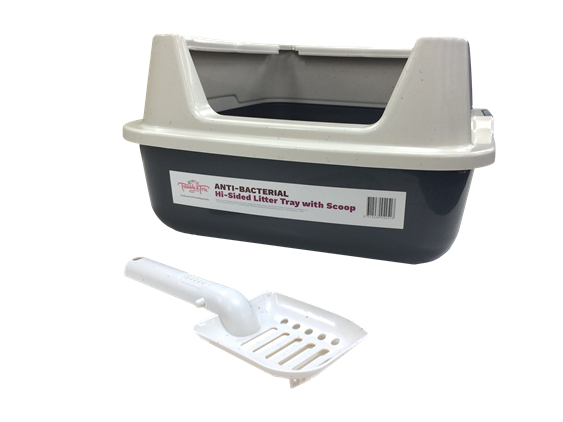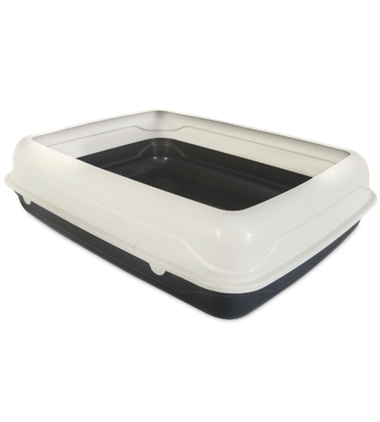Our domestic cats provide companionship, love and make great pets. Whether you live in a house or unit, cats offer all the fun and play of larger animals. Yet sometimes their moods can confuse us.
Cats can rapidly change from being cuddly to fiercely independent, making it feel like you are on an endless quest to win your cat’s affection, only to have them win your heart again with a gentle purr and occasional leg rub.
You might feel puzzled by your cat’s body language and behaviour. While they may seem mysterious, your cat's body language can help us to understand how they are feeling.
The position of a cat’s body, head, ears and tail are all important in deciphering their changing mood.
Cat Tail Emotions
Your cat’s tail is a good indicator of their mood. High tail postures indicate friendly behaviour and a happy, comfortable cat, while down/tucked tails indicate fearful or uneasy moods. Cats with tucked tails may be feeling anxious and keen to make themselves a smaller target. A tail which flicks from side to side indicates agitation or alertness. Cats who do this are generally signalling they are not receptive to being interrupted. When curled around human legs, it signals friendliness.


